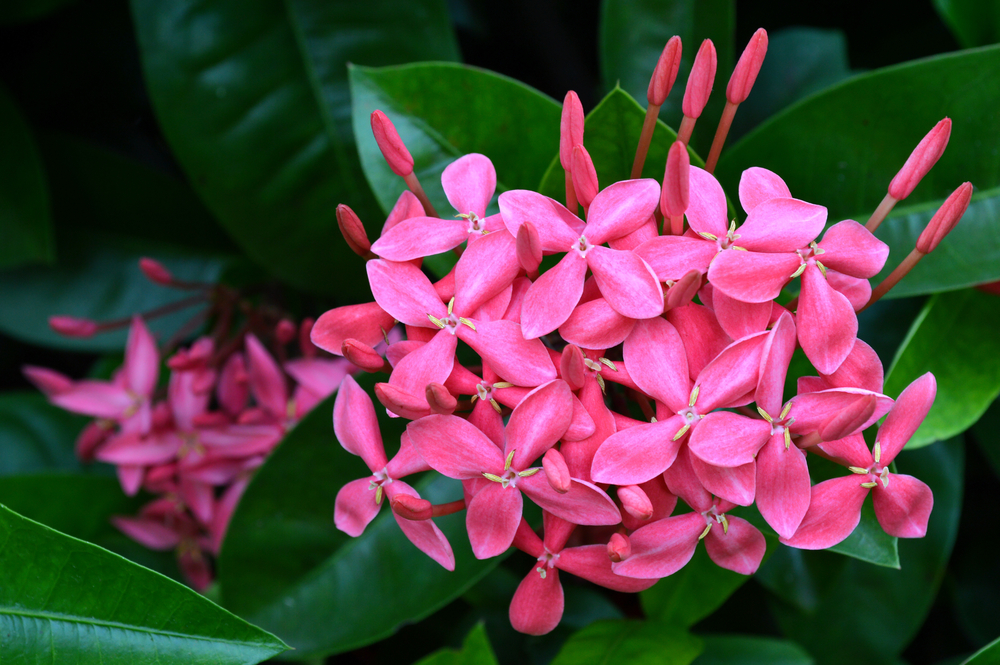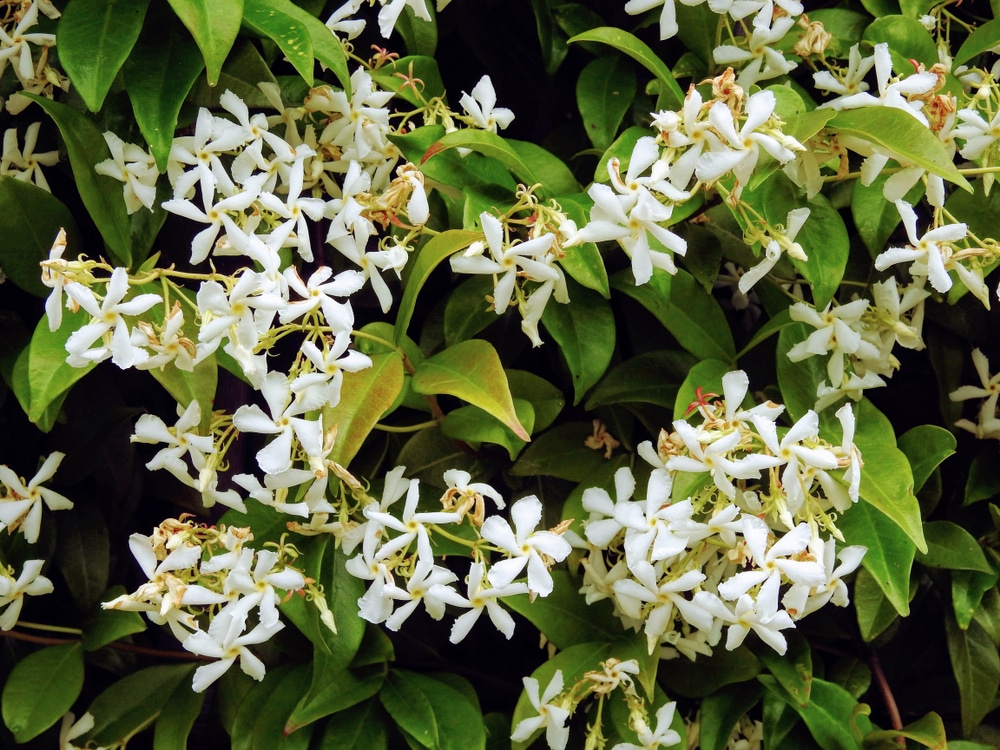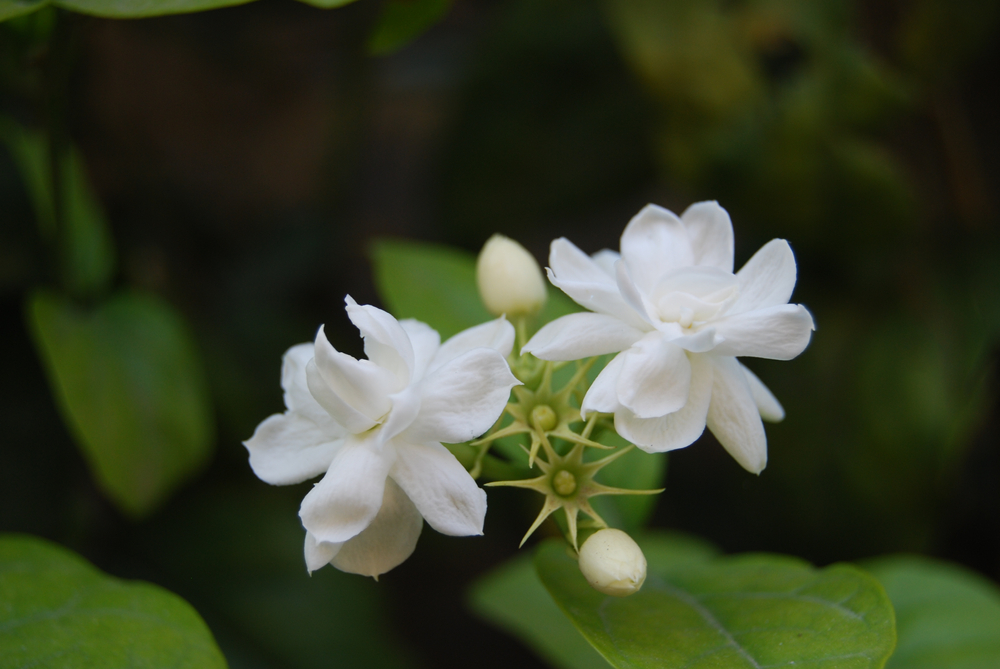Home gardeners may ask, “Can jasmine grow in shade?” The short answer is no. For the most part, jasmine plants prefer full sun or partial shade. They need at least six hours of direct light daily to thrive.
The longer answer to that question depends on what species of jasmine we’re looking at specifically. Some species of jasmine may be more shade tolerant, while others may prefer full sun.
Can Pink Jasmine Grow in Shade?
Pink jasmine is one of those varieties of jasmine that can tolerate a little more shade. They prefer full sun but will be fine so long as it gets four to five hours of sun a day.
You don’t need to worry about your pink jasmine dying if it gets covered accidentally. Pink jasmine will still grow in full shade. The only difference is that the plant will appear leggy, and the flowers won’t bloom. That is hardly the ideal appearance for a jasmine plant, known for its beautiful, fragrant blooms, but at least it shows that these plants are not too delicate.
Pink jasmine plants grow on vines. The vines can get so full of blooms in good growing conditions that you can’t even see the leaves.
These are well-liked ornamental vines thanks to their ability to grow fast and dense. They are excellent for a trellis or arch. Their fast-growing nature is also what gets them in trouble. Gardeners should take note that these vines will climb everything. For example, it is recommended not to plant them next to a tree as the pink jasmine could easily climb up the tree trunk and take it completely over.
Can Confederate Jasmine Grow in Shade?
Confederate jasmine needs the entire six hours of sunlight recommended for jasmine plants. It can handle shade overall but needs that light.
Confederate jasmine is known for its small white, fragrant flowers that grow in vines. The flowers tend to only stick around through April and May. The confederate jasmine sports glossy deep green leaves for the rest of the year.
Confederate jasmine grows a little slower than some related plants, making it a little easier to control. As a vining plant, it can nicely cover trellises, even fences. For that reason, gardeners often use them to create privacy partitions.
This jasmine is not toxic, but the plant produces a milky sap that can irritate the skin if touched. This liquid can also badly stain clothes. For that reason, if you are handling this plant, it is recommended that you wear gloves and put on some old clothes.
While they need plenty of sunshine, this jasmine is surprisingly cold and hardy and can survive small cold snaps just fine.
Can Arabian Jasmine Grow in Shade?
Arabian jasmine needs the most sun out of all the varieties we have covered. Like the other varieties, they need full sun to part shade. They do best with six to eight hours of sunlight every day.
Arabian jasmine is known for its fragrance. This variety of jasmine is bundled together for leis and brewed in jasmine tea.
This type of jasmine is categorized as an evergreen shrub though it can get trained to grow like vines. Simply keep your jasmine outside in the summer, and bring it inside in the winter. It does well in containers, making it an excellent option for colder areas that can’t support jasmine all year outside.
This jasmine flourishes the most in warm climates, however. It is in warmer areas that the flowers have the potential to bloom all year round.
So, can jasmine grow in shade? Depending on the variety, you’ll want your jasmine plants to get at least a few hours of sunlight daily.


